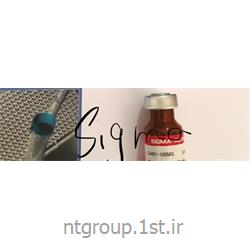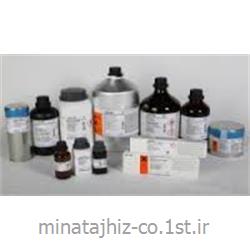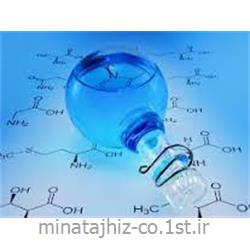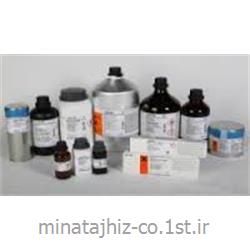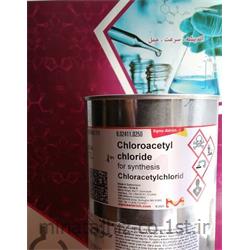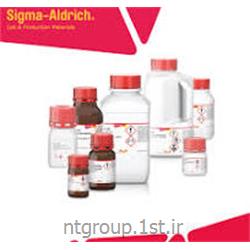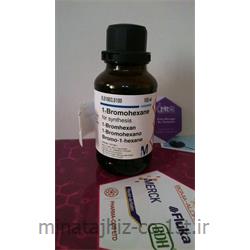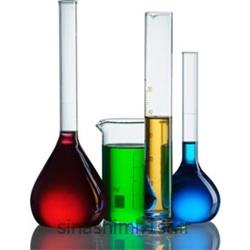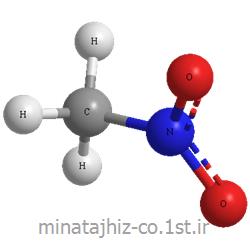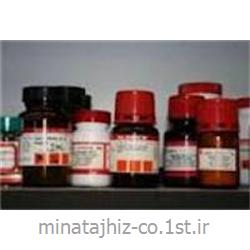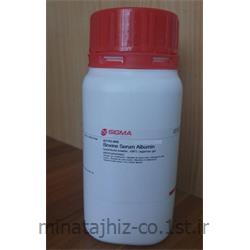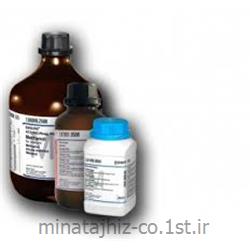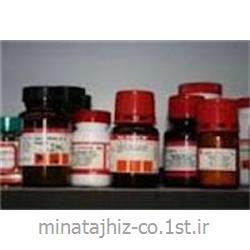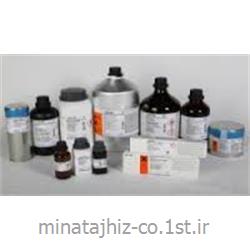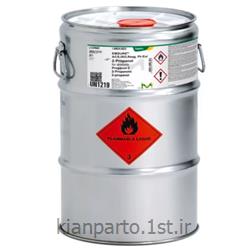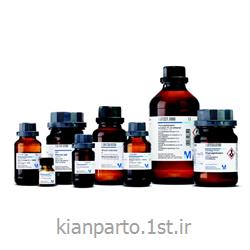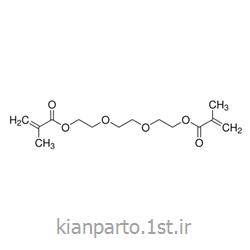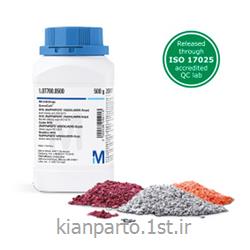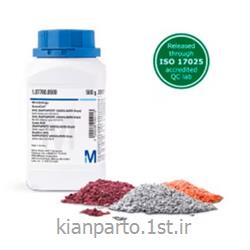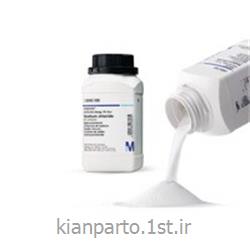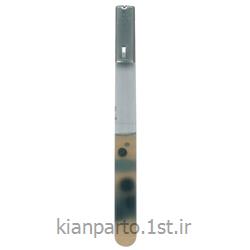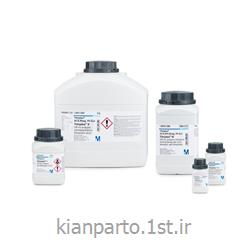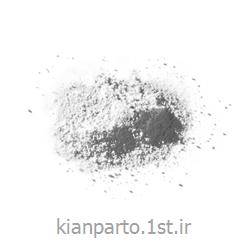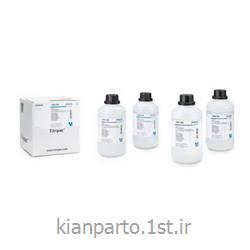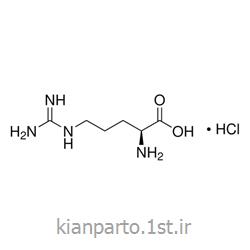| Description | |
|---|---|
| Catalogue Number | 105432 |
| Synonyms | Ammonium hydroxide solution, Ammonia water |
| Product Information | |
|---|---|
| HS Code | 2814 20 00 |
| Physicochemical Information | |
|---|---|
| Boiling point | 37.7 °C (1013 hPa) |
| Density | 0.903 g/cm3 (20 °C) |
| Explosion limit | 15.4 - 33.6 %(V) |
| Melting Point | -57.5 °C |
| Vapor pressure | 483 hPa (20 °C) |
| Safety Information according to GHS | |
|---|---|
| Hazard Pictogram(s) |    |
| Hazard Statement(s) | H290: May be corrosive to metals. H314: Causes severe skin burns and eye damage. H335: May cause respiratory irritation. H400: Very toxic to aquatic life. |
| Precautionary Statement(s) | P273: Avoid release to the environment. P280: Wear protective gloves/ protective clothing/ eye protection/ face protection. P301 + P330 + P331: IF SWALLOWED: Rinse mouth. Do NOT induce vomiting. P305 + P351 + P338: IF IN EYES: Rinse cautiously with water for several minutes. Remove contact lenses, if present and easy to do. Continue rinsing. P308 + P310: IF exposed or concerned: immediately call a POISON CENTER or doctor/ physician. |
| Signal Word | Danger |
| Storage class | 8B Non-combustible, corrosive hazardous materials |
| WGK | WGK 2 water endangering |
| Disposal | 13 Bases and alcoholates should be diluted if necessary by carefully stirring them into water and then neutralized (protective gloves, fume cupboard!) with hydrochloric acid (Cat. No. 100312). Before placing in container D, check the pH with pH universal indicator strips (Cat. No. 109535). |
| Safety Information | |
|---|---|
| Hazard Symbols |  Dangerous for the environment Dangerous for the environment Corrosive Corrosive |
| Categories of danger | corrosive, dangerous for the environment |
| R Phrase | R 34-50 Causes burns.Very toxic to aquatic organisms. |
| S Phrase | S 26-36/37/39-45-61 In case of contact with eyes, rinse immediately with plenty of water and seek medical advice.Wear suitable protective clothing, gloves and eye/face protection.In case of accident or if you feel unwell, seek medical advice immediately (show the label where possible).Avoid release to the environment. Refer to special instructions/ Safety data sheets. |
| Storage and Shipping Information | |
|---|---|
| Storage | Store at +2°C to +25°C. |
| Transport Information | |
|---|---|
| Declaration (railroad and road) ADR, RID | UN 2672 , 8, III |
| Declaration (transport by air) IATA-DGR | UN 2672 , 8, III |
| Declaration (transport by sea) IMDG-Code | UN 2672 , 8, III, Marine Pollutant: P, Segregation Group: 18 (Alkalis) |
| Specifications | |
|---|---|
| Assay (acidimetric, NH₃) | ≥ 25.0 % |
| Carbonate (as CO₂) | ≤ 10 ppm |
| Chloride (Cl) | ≤ 0.5 ppm |
| Phosphate (PO₄) | ≤ 0.5 ppm |
| Sulphate (SO₄) | ≤ 2 ppm |
| Sulphide (S) | ≤ 0.2 ppm |
| Ag (Silver) | ≤ 0.020 ppm |
| Al (Aluminium) | ≤ 0.500 ppm |
| Au (Gold) | ≤ 0.100 ppm |
| Ba (Barium) | ≤ 0.050 ppm |
| Bi (Bismuth) | ≤ 0.100 ppm |
| Ca (Calcium) | ≤ 0.500 ppm |
| Cd (Cadmium) | ≤ 0.050 ppm |
| Co (Cobalt) | ≤ 0.050 ppm |
| Cr (Chromium) | ≤ 0.050 ppm |
| Cu (Copper) | ≤ 0.100 ppm |
| Fe (Iron) | ≤ 0.100 ppm |
| Ga (Gallium) | ≤ 0.020 ppm |
| In (Indium) | ≤ 0.020 ppm |
| K (Potassium) | ≤ 0.500 ppm |
| Li (Lithium) | ≤ 0.020 ppm |
| Mg (Magnesium) | ≤ 0.100 ppm |
| Mn (Manganese) | ≤ 0.050 ppm |
| Mo (Molybdenum) | ≤ 0.050 ppm |
| Na (Sodium) | ≤ 0.500 ppm |
| Ni (Nickel) | ≤ 0.050 ppm |
| Pb (Lead) | ≤ 0.050 ppm |
| Pt (Platinum) | ≤ 0.100 ppm |
| Sn (Tin) | ≤ 0.100 ppm |
| Sr (Strontium) | ≤ 0.100 ppm |
| Ti (Titanium) | ≤ 0.100 ppm |
| Tl (Thallium) | ≤ 0.050 ppm |
| Zn (Zinc) | ≤ 0.100 ppm |
| Substances reducing potassium permanganate (as O) | ≤ 5 ppm |
| Residue on ignition (as SO₄) | ≤ 10 ppm |
| Non volatile matter | ≤ 10 ppm |
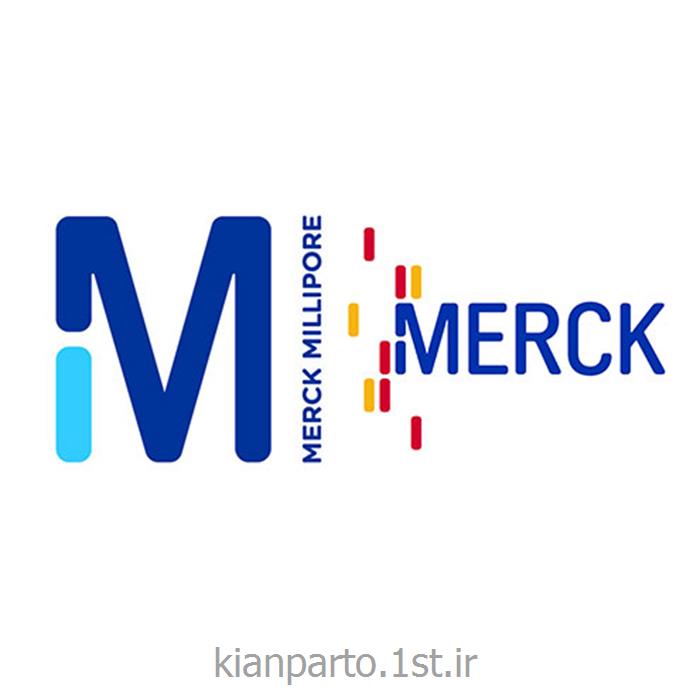






 سفارش آنلاین
سفارش آنلاین

 ضمانت سلامت فیزیکی
ضمانت سلامت فیزیکی ضمانت اصالت کالا
ضمانت اصالت کالا